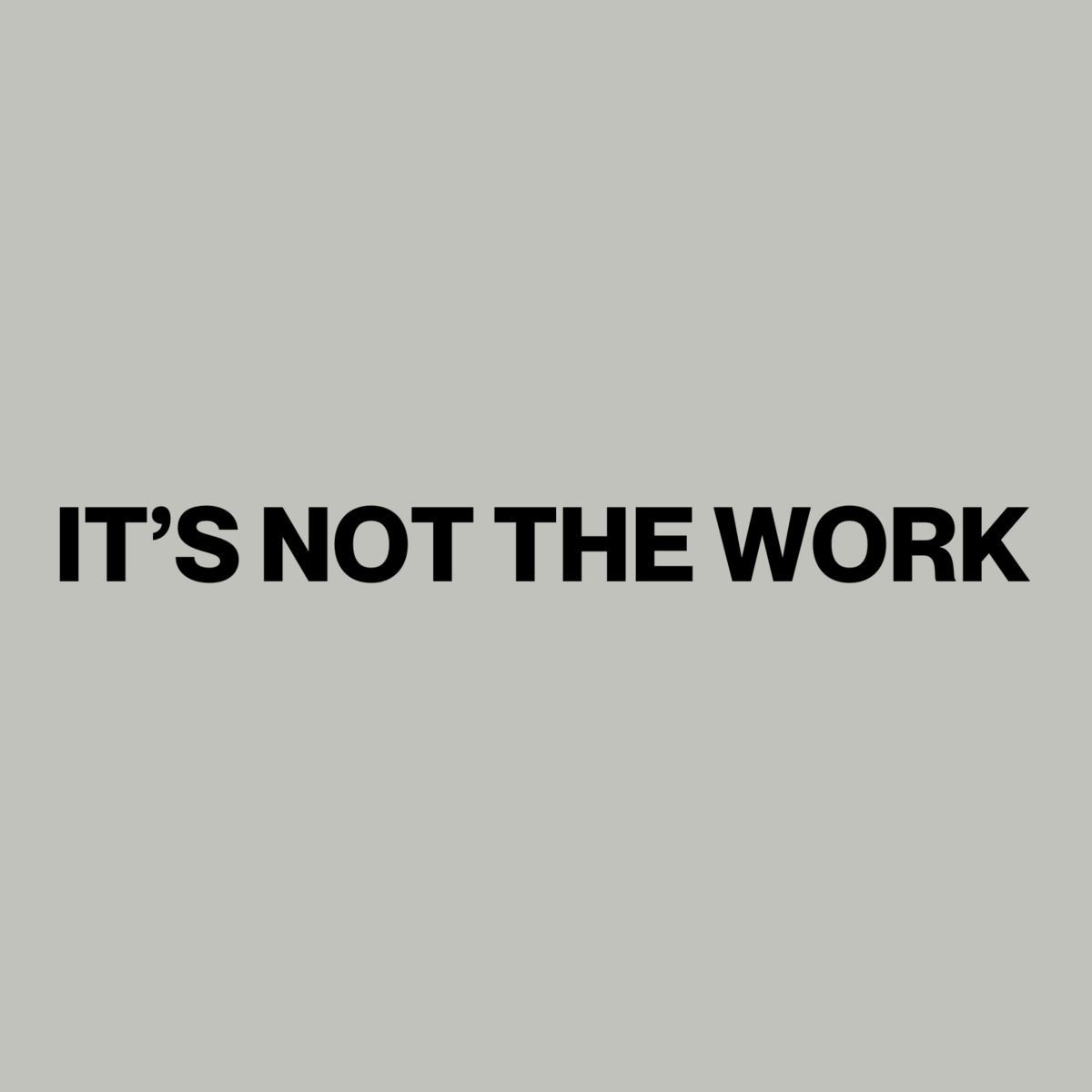It’s Monday.
Instagram chief Adam Mosseri says videos made in Meta’s Edits app currently get a small reach boost, and dispels the myth that engaging with similar content increases your own reach.
Someone forwarded this? 💌Subscribe to get it fresh, every week.
Missed an issue? 💬Catch up on past editions.
Curious what else we’re building? 💡Insane Media lives here.
Want your campaign in front of our users? 📌Reach out here.
Live shopping is finally breaking into the mainstream

Brands are putting influencer budgets under a microscope — and live shopping is winning the attention. The format’s instant sales tracking makes it far easier to justify spend than branded posts or long-term partnerships.
→ Whatnot has already topped $3B in 2025 sales, beating last year’s total.
→ TikTok Shop sales are up 20% year over year, driven by impulse discovery rather than planned buys.
→ Fanatics launched in the UK, with shoppers buying an average of 17 items a month.
CoolKicks pulls in $3M a month on Whatnot by selling thousands of products per stream. Perfume brand Oudware makes $200K a month on TikTok, with “Mega Lives” hitting six figures in a single day.
Studios like Puff Media are springing up to support the trend. Their NYC space now hosts 10+ brands, including Peter Thomas Roth, which pulled in seven-figure sales during a single July live event.
Why it matters: Live shopping is still new for many Western brands, but the ability to combine entertainment and measurable ROI makes it a channel worth testing — especially if you want sales and awareness in the same move.
🤝 Supported by minisocial
Why do over 1,000 brands trust minisocial for their UGC and micro-influencer campaigns? It's simple:
High-quality, Fully-Licensed Content: Content that actually feels on-brand and is ready to use wherever you need it – ads, social media, emails, and your website.
Expert Management: Their industry experts handle everything from creator booking, communication, and asset delivery, so you know you’re getting good quality each and ever time. They give you all the control you want without any of the busy work!
No Long-Term Commitments: Pay per project, with no hidden fees. Perfect for scaling ad content and campaigns centered around timely activations like Back to School!
Posts from micro-influencers who truly match your brand, the right creators will drive results and create a community around your brand.
What brands working with minisocial say:
"Ads made with minisocial content are performing better than anything we've made in-house." - Michael, Growth Marketing Manager
"minisocial's cost per creator is cheaper than our in-house program." - Andrea, Digital Campaigns Manager
Vuori turned a yoga class idea into a $4B+ athleisure brand

Joe Kudla spotted the gap in a yoga class in Encinitas: women had endless activewear options, men had either gym-branded kits or everyday clothes that couldn’t survive a workout. Vuori’s answer? Comfort-first performance wear that works from surf to office.
→ Product hook: Fabrics like DreamKnit and BlissBlend focus on how they feel, not just tech specs.
→ Market focus: While others chased women’s athleisure, Vuori doubled down on men with versatile staples like the Kore Shorts.
→ Distribution play: Early placement in REI, Nordstrom, and Equinox built credibility without losing premium status.
Why it matters: Vuori didn’t try to beat Lululemon at their game. They rewrote it — and grew by finding an underserved audience, leaning into tactile product differentiation, and using retail as a growth multiplier.
Most marketers are overconfident about brand cues
A recent study tested how marketers think consumers recognise brand assets — and compared it with actual consumer recall.
The result: only 2% of marketer predictions were close to reality. Less than half matched consumer data on whether to keep or drop a brand element. The biggest mistake? Overestimating fame and underestimating uniqueness.
Group decisions were 3–4x more accurate than solo calls, and distinctive assets were judged more accurately overall.
Why it matters: Before refreshing or scrapping a logo, color, or tagline, check actual consumer data. If that’s not possible, get a group of stakeholders to review — and invest in making assets both memorable and different.
Shoppers say they’re cautious, but 72% still splurge
A new Optimum Retailing survey shows most US consumers are keeping an eye on budgets — but not closing their wallets. In the past month, 72% made an unplanned in-store discretionary purchase.
Limited-time promos (55%), standout displays (45%), and instant product availability (26%) were the biggest triggers. The top categories shoppers are willing to cut back on: dining/takeout (48%), clothing (44%), and electronics (37%).
Why it matters: Even in a cautious climate, the right mix of timing, visual impact, and immediacy can still drive impulse buys.
How's the depth of today's edition?
As always, hit reply if something in here hits home.
Until next week,
Hubert
P.S. If you want to get a case study about your own brand, reply to this email. If you’d like to reach our newsletter audience (founders, creators, and marketers), click the button below.
If you’re new here, I’m over the moon you’ve joined us! To help me craft content that’s actually useful (and not just noise in your inbox), I’d love it if you took 1 minute to answer this quick survey below. Your insights help shape everything I write.
Insane Media is more than one voice
💡 Dive into our other newsletters - where psychology meets the founders, creator economy, Human resources and AI trends.






